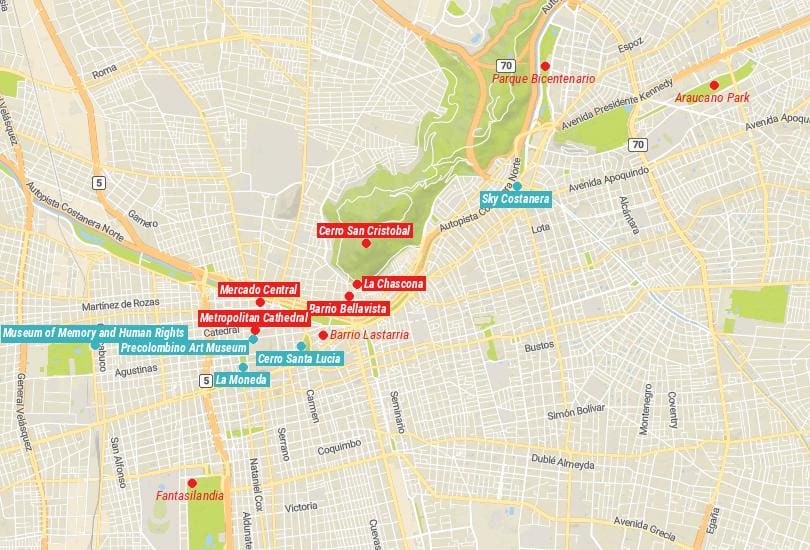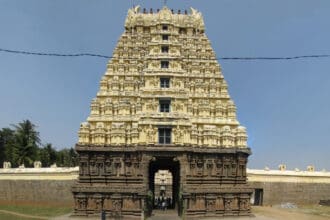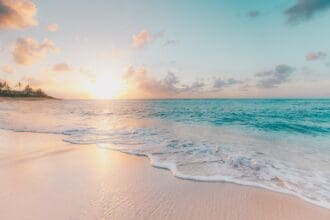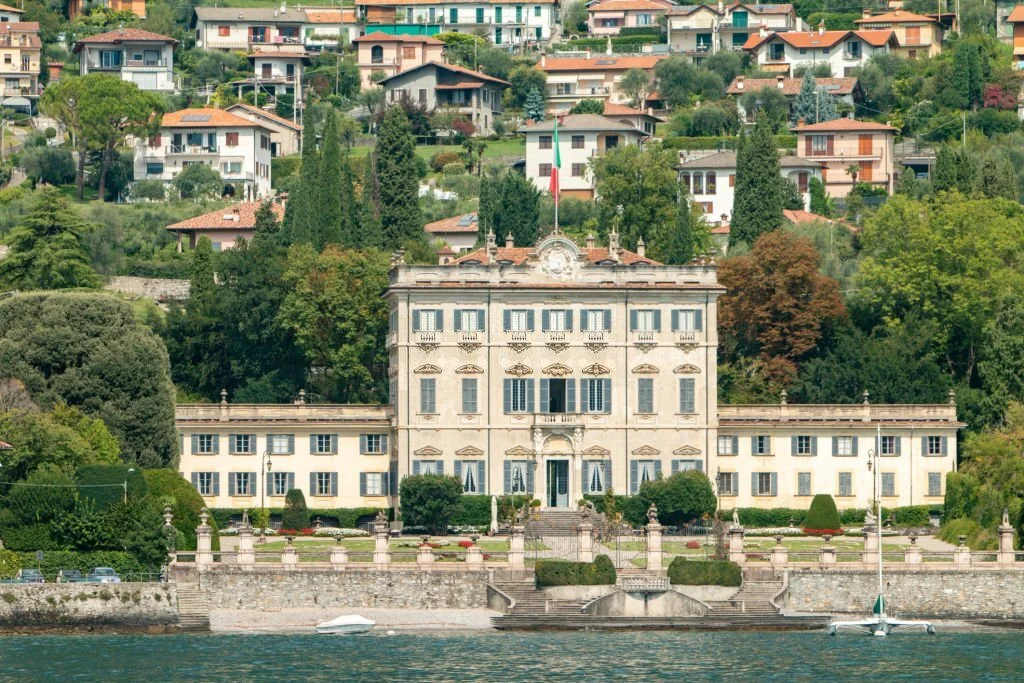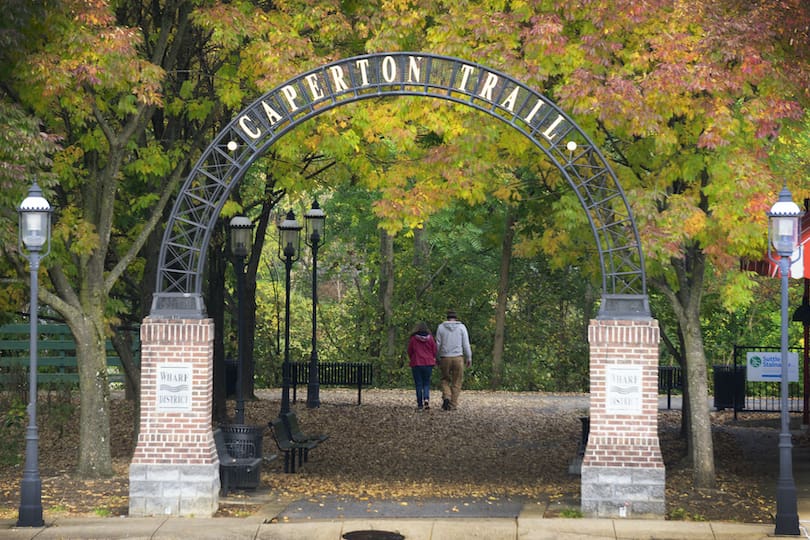Perched atop the lush hills of the Western Ghats, Dolphin’s Nose is one of Kodaikanal’s most iconic viewpoints. Named for its unique rock formation that resembles the nose of a dolphin, this natural wonder offers breathtaking panoramic views of the surrounding valleys, cascading waterfalls, and dense forests. Located approximately 8 kilometers from Kodaikanal town, Dolphin’s Nose is a must-visit destination for nature lovers, photographers, and adventure seekers alike. In this article, we explore everything you need to know about Dolphin’s Nose, from its scenic beauty to trekking trails, travel tips, and nearby attractions.
The Allure of Dolphin’s Nose
Why It’s Called Dolphin’s Nose
The name “Dolphin’s Nose” originates from the peculiar shape of the protruding rock at the edge of the cliff. When viewed from certain angles, the rock formation bears an uncanny resemblance to the snout of a dolphin, hence the quirky yet fitting name. This natural wonder stands as a testament to the region’s unique geological formations and has become a symbol of Kodaikanal’s rugged charm.
Panoramic Views
From Dolphin’s Nose, visitors are treated to sweeping vistas of the verdant valleys below, including the famous Catherine Falls , which cascades gracefully into the distance. On clear days, you can see the plains of Tamil Nadu stretching far beyond, creating a mesmerizing contrast between the misty hills and the sunlit plains. The sheer drop of over 6,000 feet adds an element of thrill, making it a favorite spot for adrenaline junkies and photographers.
The viewpoint is especially popular during sunrise and sunset when the sky transforms into a canvas of vibrant hues. As the first rays of sunlight kiss the hills or the golden glow of dusk bathes the landscape, the experience becomes nothing short of magical. Photographers often spend hours here capturing the interplay of light and shadow across the cliffs and valleys.
Getting to Dolphin’s Nose: How to Reach
Reaching Dolphin’s Nose requires a mix of driving and trekking, making the journey as exciting as the destination itself. Here’s how you can get there:
By Road
- From Kodaikanal Town : Dolphin’s Nose is located approximately 8 kilometers from Kodaikanal. You can hire a taxi or drive your own vehicle to the base point, where the trek begins. The road leading to the starting point is narrow and winding, so caution is advised while driving.
- Public Transport : While public buses operate in the area, they may not reach the exact starting point of the trek. It’s advisable to combine public transport with a short walk or auto-rickshaw ride. Local taxis and shared jeeps are also available for hire.
Trekking to Dolphin’s Nose
The final stretch to Dolphin’s Nose involves a moderate trek through dense shola forests and rocky terrains. The trail is well-marked but requires sturdy footwear and a reasonable level of fitness. Along the way, you’ll encounter lush greenery, chirping birds, and occasional glimpses of wildlife, adding to the charm of the experience.
Difficulty Level
The trek to Dolphin’s Nose is considered moderate . While it doesn’t require advanced hiking skills, the steep inclines and uneven terrain can be challenging for beginners. Guided treks are available for those who prefer professional assistance. The entire trek typically takes about 1-2 hours, depending on your pace and fitness level.
Trail Highlights
- Shola Forests : The initial part of the trek takes you through dense shola forests, which are home to rare flora and fauna. These forests play a crucial role in maintaining the ecological balance of the region.
- Rocky Terrain : As you approach the viewpoint, the trail becomes more rugged, with rocky paths and steep climbs. However, the effort is rewarded with stunning views at every turn.
- Waterfall Views : Along the way, you’ll catch glimpses of Silver Cascade Falls, another popular attraction near Kodaikanal.
Activities at Dolphin’s Nose
Photography
Dolphin’s Nose is a paradise for photographers, offering endless opportunities to capture stunning landscapes. Whether you’re an amateur with a smartphone or a professional with high-end gear, the dramatic cliffs, waterfalls, and valleys provide the perfect backdrop for your shots. Sunrise and sunset are particularly magical times to visit, as the golden hues bathe the landscape in ethereal light.
For the best results:
- Use a wide-angle lens to capture the expansive views.
- Experiment with long-exposure techniques to create dreamy waterfall effects.
- Visit during different seasons to capture the changing colors of the landscape.
Trekking Adventures
The trek to Dolphin’s Nose is an adventure in itself. The trail takes you through diverse ecosystems, from dense forests to open meadows, offering a chance to immerse yourself in nature. Keep an eye out for rare flora and fauna along the way, including orchids, ferns, and even the occasional Malabar giant squirrel.
Tips for Trekkers
- Start early in the morning to avoid the midday heat and enjoy cooler temperatures.
- Carry a backpack with essentials like water, snacks, sunscreen, and insect repellent.
- Wear comfortable clothing and sturdy shoes suitable for rough terrain.
Birdwatching
Kodaikanal is home to a rich variety of bird species, and Dolphin’s Nose is no exception. Birdwatchers can spot endemic species like the Nilgiri flycatcher, white-bellied shortwing, and Indian pitta. Early mornings are ideal for birdwatching, as the forest comes alive with the sounds of chirping birds.
Recommended Gear
- Binoculars for spotting distant birds.
- A field guide or bird identification app to recognize species.
- A camera with a zoom lens for capturing close-up shots.
Picnicking
For families and groups, Dolphin’s Nose offers a serene setting for a picnic. Pack some snacks and enjoy a meal amidst the tranquil surroundings. However, remember to carry back all trash to preserve the pristine environment.
Nearby Attractions
While Dolphin’s Nose is undoubtedly the highlight, the surrounding area boasts several other attractions worth exploring:
Catherine Falls
Visible from Dolphin’s Nose, Catherine Falls is one of Kodaikanal’s tallest waterfalls, plunging from a height of approximately 250 feet. The falls are named after a British officer’s wife, Catherine, and are best viewed during the monsoon season when the water flow is at its peak. A short trek leads to the base of the falls, where you can feel the spray of water and hear the thunderous roar.
Silver Cascade Falls
Located en route to Dolphin’s Nose, Silver Cascade is another picturesque waterfall fed by the Pambar River. It’s a popular stop for travelers heading to Dolphin’s Nose, offering a refreshing break and photo opportunities. The falls are easily accessible from the main road, making them a convenient detour.
Berijam Lake
A serene lake surrounded by dense forests, Berijam Lake is located about 20 kilometers from Kodaikanal. Access to the lake is restricted and requires prior permission from the forest department, but the effort is worth it for the tranquil ambiance and boating facilities. The lake is also home to a variety of migratory birds, making it a great spot for birdwatching.
Pillar Rocks
Another iconic viewpoint in Kodaikanal, Pillar Rocks consists of three towering rock formations standing close together. A small garden and telescope facility allow visitors to enjoy the view comfortably. The rocks are illuminated at night, creating a surreal atmosphere.
Kodai Lake
A man-made lake surrounded by lush greenery, Kodai Lake is a popular spot for boating and picnicking. The lake is encircled by a walking path, making it ideal for leisurely strolls. During summer, the lake hosts various water sports activities.
Best Time to Visit Dolphin’s Nose
To make the most of your visit to Dolphin’s Nose, timing is crucial. The best time to explore this scenic marvel is between October and June , when the weather is pleasant and conducive to outdoor activities.
- Winter (October to February) : Cool temperatures and clear skies make this the ideal time for photography and trekking. The crisp air enhances the clarity of the views, making it perfect for capturing postcard-worthy images.
- Summer (March to June) : While warmer, early mornings and late evenings remain comfortable for sightseeing. Summer is also a good time to visit if you want to avoid the crowds that flock to Kodaikanal during peak tourist seasons.
- Monsoon (July to September) : The rains bring out the lush greenery and enhance the beauty of waterfalls, but trails may become slippery and challenging. If you don’t mind getting wet and love the sight of gushing waterfalls, the monsoon season can be a rewarding time to visit.
Travel Tips for Visiting Dolphin’s Nose
- Start Early : Begin your trek early in the morning to avoid crowds and enjoy cooler temperatures.
- Wear Comfortable Footwear : The trail involves uneven terrain, so sturdy shoes are essential.
- Carry Essentials : Bring water, snacks, sunscreen, and insect repellent. A light jacket is recommended for cooler mornings and evenings.
- Respect Nature : Avoid littering and stay on marked trails to minimize environmental impact.
- Hire a Guide : If you’re unfamiliar with the area, consider hiring a local guide for safety and insights into the region’s history and ecology.
- Check Weather Conditions : Rain or fog can reduce visibility and make trails hazardous, so plan accordingly.
- Stay Hydrated : Carry sufficient water, as hydration stations are not available along the trail.
- Pack Light : Avoid carrying heavy bags to ensure a comfortable trekking experience.
Accommodation Options Near Dolphin’s Nose
While Dolphin’s Nose itself is a day-trip destination, Kodaikanal offers a wide range of accommodations to suit every budget. Here are some popular options:
- Luxury Resorts : Properties like The Carlton and Le Poshe by Sparsa offer world-class amenities and stunning views of the hills. These resorts often feature spa facilities, fine dining restaurants, and personalized services.
- Mid-Range Hotels : Options like Hotel Kodai International and Safarni Resort provide comfortable stays at affordable rates. These hotels are conveniently located near major attractions and offer basic amenities like Wi-Fi, room service, and parking.
- Budget Stays : Guesthouses and homestays, such as Kodai Sunshine Cottage and Green Valley View , are perfect for budget-conscious travelers. They offer cozy rooms and warm hospitality, allowing you to experience the local culture firsthand.
- Eco-Friendly Lodges : For eco-conscious visitors, Clouds End Forest Resort offers sustainable accommodations amidst nature. These lodges emphasize minimal environmental impact and often organize guided nature walks and conservation activities.
Conservation Efforts Around Dolphin’s Nose
Preserving the fragile ecosystem around Dolphin’s Nose is critical to maintaining its natural beauty. The region is part of the Palani Hills Reserve Forest , which supports diverse flora and fauna, including endangered species like the Nilgiri tahr and grizzled giant squirrel. Efforts to protect this biodiversity include:
- Anti-Littering Campaigns : Local authorities and NGOs conduct awareness programs to encourage responsible tourism. Visitors are urged to carry back all trash and avoid leaving any trace of their presence.
- Restricted Access : Certain areas near Dolphin’s Nose are off-limits to prevent soil erosion and habitat destruction. Rangers patrol the region regularly to enforce these restrictions.
- Afforestation Projects : Tree plantation drives aim to restore degraded areas and expand the forest cover. Volunteers from around the world participate in these efforts, planting saplings and nurturing young trees until they mature.
- Community Involvement : Local communities play a vital role in conservation efforts. Eco-friendly tourism initiatives generate income for residents while promoting sustainable practices.
Visitors are encouraged to follow Leave No Trace principles and contribute positively to the conservation of this natural treasure.
Conclusion
Dolphin’s Nose is more than just a viewpoint—it’s a gateway to the untouched beauty of Kodaikanal’s Western Ghats. Its dramatic cliffs, panoramic views, and proximity to other attractions make it a must-visit destination for anyone exploring this hill station. Whether you’re trekking through the forests, capturing Instagram-worthy photos, or simply soaking in the tranquility, Dolphin’s Nose promises an unforgettable experience. By supporting sustainable tourism practices, we can ensure that future generations continue to enjoy this magnificent sanctuary.
Frequently Asked Questions (FAQs)
- How far is Dolphin’s Nose from Kodaikanal town?
- Dolphin’s Nose is approximately 8 kilometers from Kodaikanal town.
- Is the trek to Dolphin’s Nose difficult?
- The trek is moderate, with steep inclines and uneven terrain. Beginners may find it challenging.
- Are there entry fees for Dolphin’s Nose?
- There are no specific entry fees, but guided treks may charge nominal fees.
- What is the best time to visit Dolphin’s Nose?
- The best time is between October and June, with winter months offering the clearest views.
- Can I visit Dolphin’s Nose during monsoon?
- Yes, but trails may be slippery, and visibility could be reduced due to fog.
- Is photography allowed at Dolphin’s Nose?
- Yes, photography is permitted and highly recommended for capturing the stunning views.
- Are there food stalls near Dolphin’s Nose?
- No, there are no food stalls, so carry your own snacks and water.
- How long does it take to reach Dolphin’s Nose by trek?
- The trek typically takes 1-2 hours, depending on your pace and fitness level.
- What should I wear for the trek?
- Wear comfortable trekking shoes, lightweight clothing, and carry a light jacket for cooler temperatures.
- Are pets allowed on the trek?
- Pets are generally discouraged to prevent disturbances to wildlife and ensure safety.







